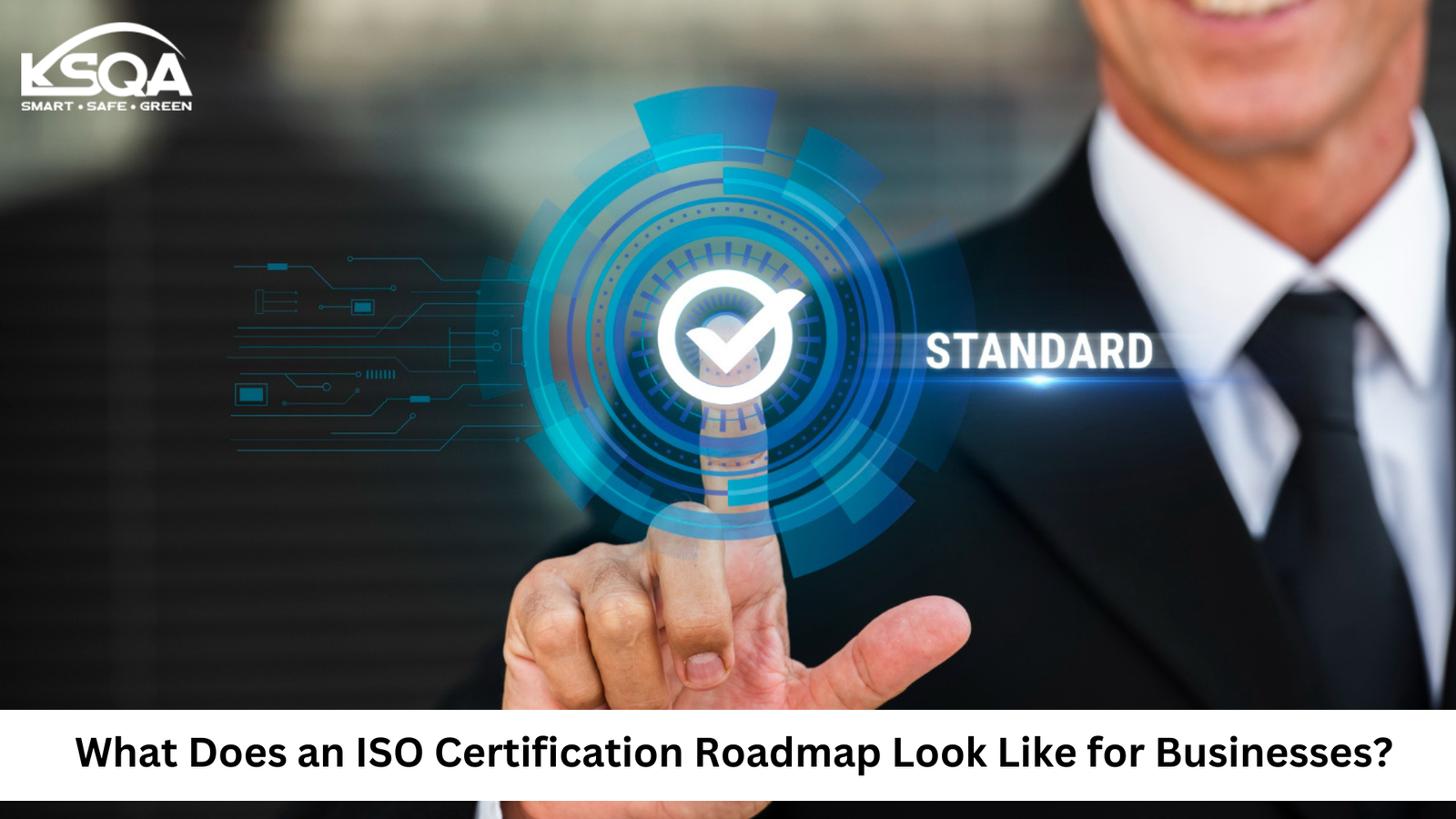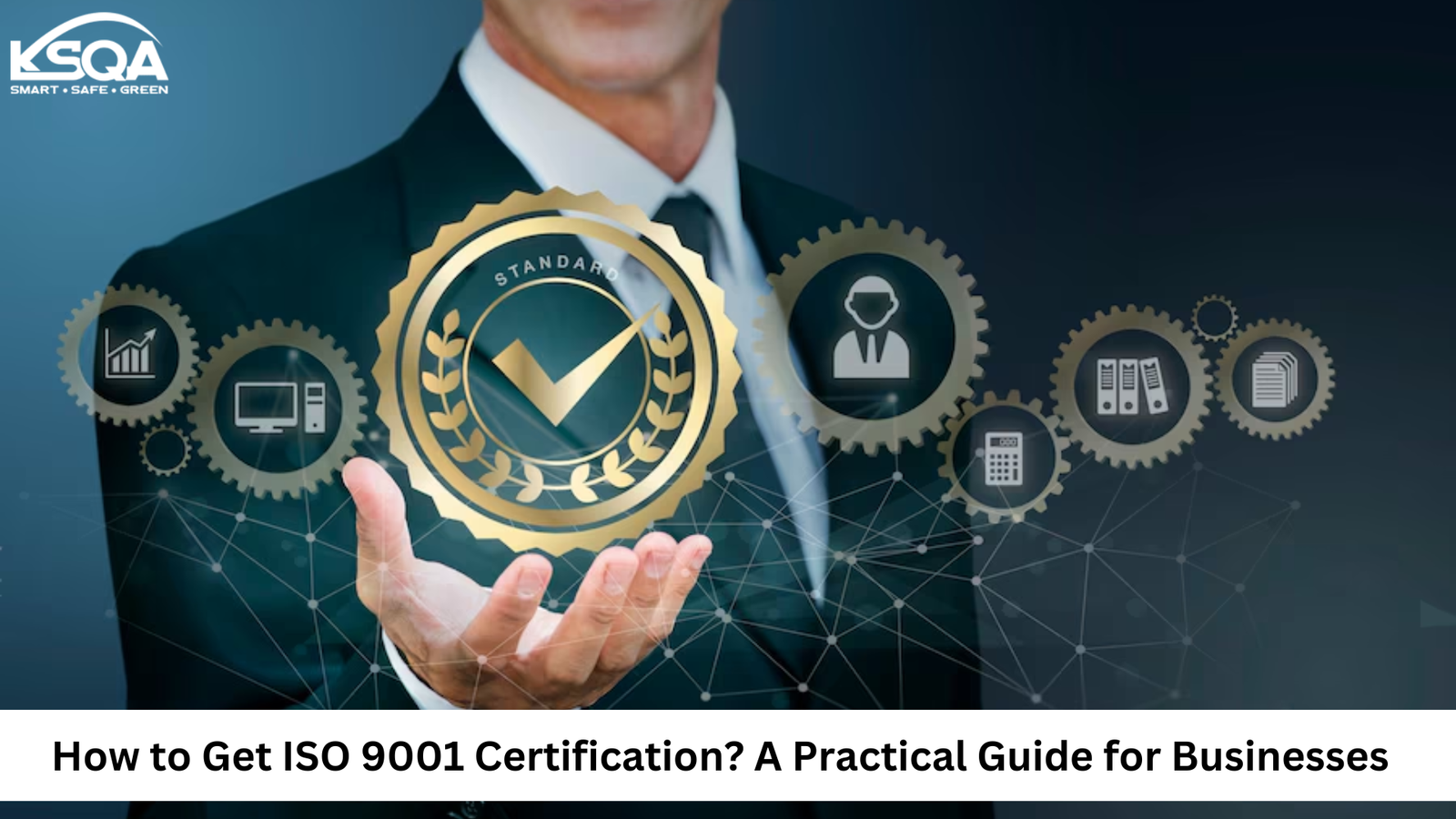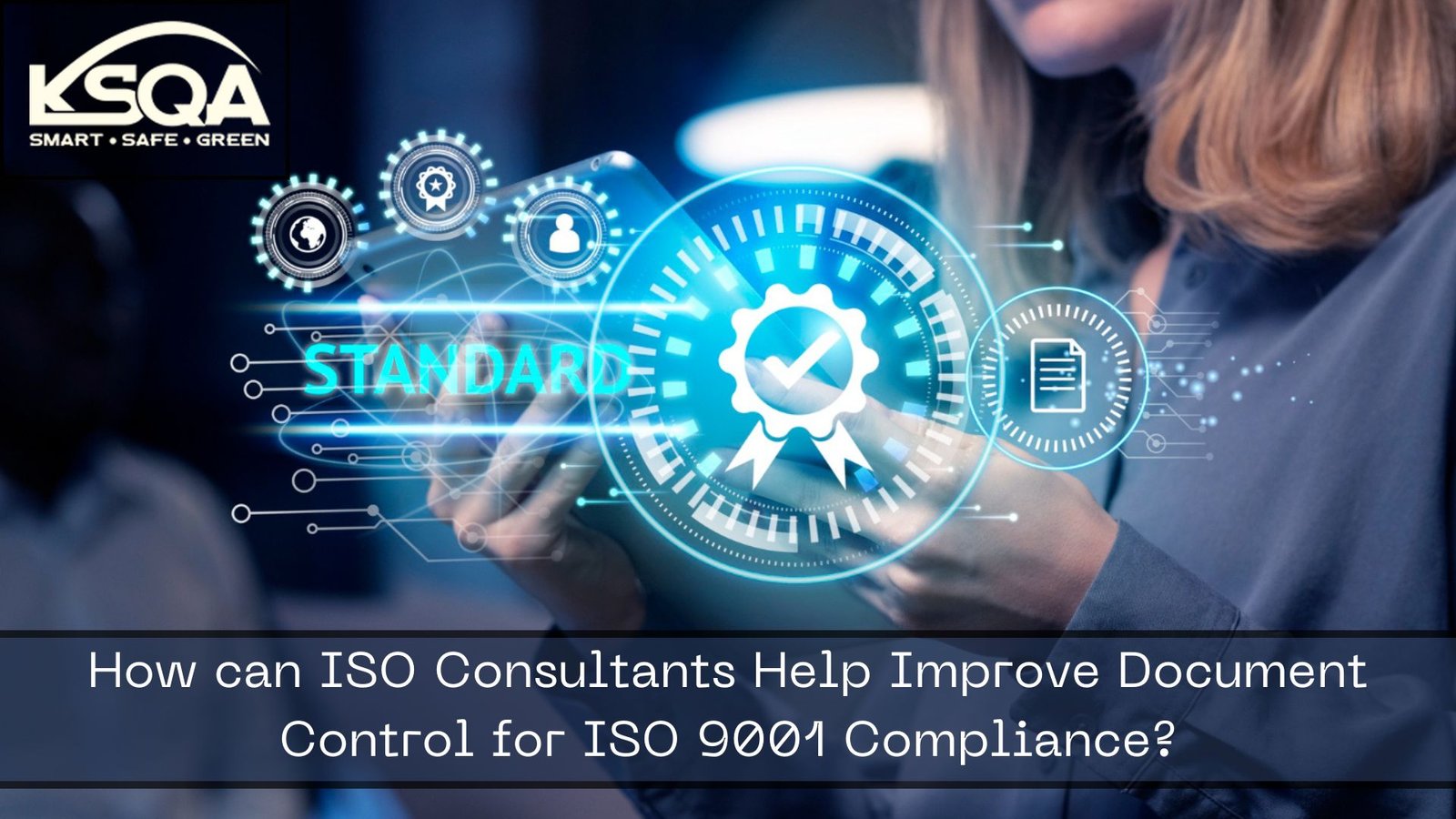The ISO 9001 requirements offer a collection of standard components that will help you build, maintain, and enhance a Quality Management System (QMS). Regardless of the economic sector, the requirements are intended to be relevant to every type of business, whether for profit or non-profit, manufacturing or service-based, big or small.
The standards outline which QMS components must be present, but they do not specify how to implement those components. Organizations that comply with ISO 9001’s QMS requirements may obtain what is known as ISO 9001 certification.
If you intend to adhere to ISO 9001, you likely have yet to learn how the standard is organized or what is required to put a QMS into place. To know more, keep reading.
Clauses 0 to 3: Introduction, Scope, References, Terms, and Definitions
The advantages of implementing a QMS are discussed in clause 0, along with the quality management principles. The process approach, the Plan-Do-Check-Act cycle, and risk-based thinking are all presented.
People often overlook this clause, but they shouldn’t, as it frames much of the information that comes next, especially about how the various clauses relate to each other.
Clauses 1 through 3 only discuss the standard’s scope, words and definitions, and references that will help you understand it better. They do not contain any requirements.
Clause 4: Context of the organization
An organization is not a closed system that is cut off from the outside world; it is a part of a specific environment and depends on what its consumers want and what its regulators define.
Thus, this section addresses internal and external factors that may affect how an organization sets and achieves its goals and interested parties who engage with the QMS. It also contains the process mapping and characterization specifications and the QMS’s overall scope.
Clause 5: Leadership and commitment
The ISO 9001 requirements for top management are described in the section on leadership and are as follows:
Developing a customer-focused mindset throughout the company.
Creating a quality policy that establishes direction and alignment and keeping to it, and identifying roles and authorities across the QMS to make it obvious who has the authority to decide and what is expected of each function operating within the system.
Clause 6: Planning for the QMS
The ISO 9001 requirements for identifying and managing risks and opportunities, as well as those for creating quality goals that are consistent with the Quality Policy, are presented in this section.
Clause 7: Support & resource management
The ISO 9001 requirements for management to provide resources, such as:
- human resources,
- infrastructure (including equipment,
- hardware and software, and building facilities),
- work environment (including temperature, humidity, dust, and sterilization control),
- the control of any equipment used to monitor or measure the product or service,
- and the organizational knowledge necessary to operate the QMS, are all included in Clause 7.
The value of competence, awareness, and communication is highlighted for human resources.
Clause 8: Operational planning and control
Only in this standard area may a corporation decide to waive some criteria (such as excluding the design requirements if your company does not do design work).
The ISO 9001 requirements involve planning for a product (or service). They include figuring out and reviewing what is needed for the product, designing and developing it, buying it, manufacturing it, providing it, and supplying it. The final specifications cover quality assurance and nonconformities in goods and services.
Clause 9: Performance evaluation
The standards for measuring customer satisfaction, internal audit, monitoring, analysis, and process performance are outlined in the section on performance evaluation. The prerequisites for the management review, such as the required inputs and outputs, are also mentioned.
Clause 10: Improvement actions
The final component covers corrective actions and ongoing improvement for your QMS.
Conclusion
The biggest challenge in putting the standard’s ISO 9001 requirements into practice is ensuring that the resulting collection of rules, procedures, processes, and records satisfies the demands of the business and its clients while still allowing for system improvement.
One of the primary reasons for putting a QMS in place is system improvement, which has long-term advantages for the business. A QMS is a system, and a system is more than simply the collection of requirements responses.
The KSQA team makes certification more reasonable for small businesses as a leading provider of affordable ISO 9001 & AS9100 Certification costs. Contact us to learn more.





.png)

